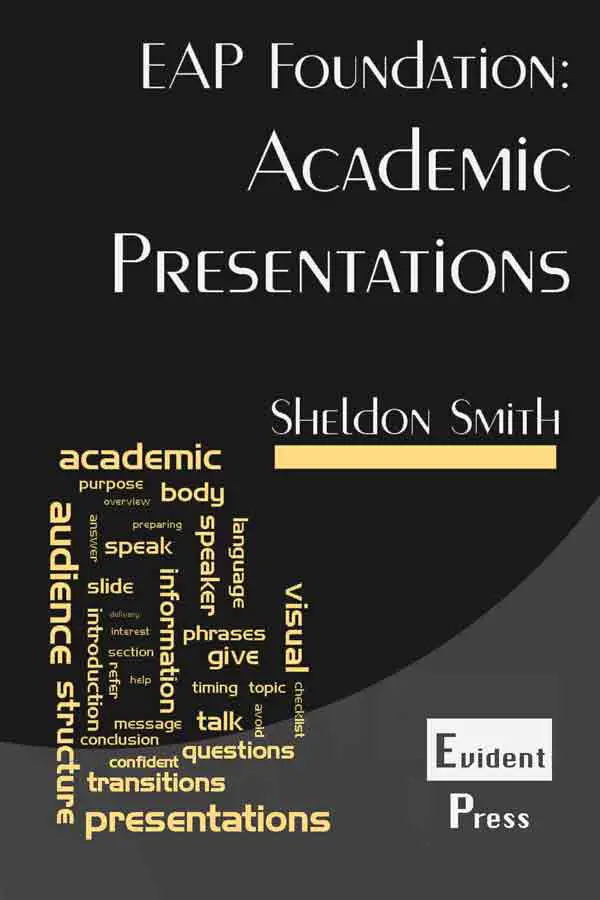Show AWL words on this page.
Show sorted lists of these words.


 







|
One of the main differences between listening and reading is that when you are listening, you are not in control. This means that if you miss some key points or fail to understand something, you cannot go back and listen again - unlike when reading, where you can go back and reread as many times as you like until you get the point. Good speakers recognise this fact and build redundancy into their speaking by recycling the main points, in other words, saying the same thing more than once. The ways they do this are by:
An effective listener understands when information is being paraphrased, repeated or summarised. There are three advantages to being able to do this. First, if you have already understood the main point, then you do not need to listen as intensively when it is rephrased, repeated or summarised. Secondly, it gives you an opportunity to check what you thought was the main point, especially when it is being summarised. On the other hand, if you did not understand the meaning the first time, you have a second chance get the main point.
Paraphrase
When a speaker wants to paraphrase a point, (s)he will usually use a lecture cue such as one of the following:
- In other words...
- Put another way...
- Now let me put that a different way...
- Now let me put that another way...
- To put that another way...
It is also possible for a speaker to paraphrase without using one of these phrases. In this case, the position of the sentence (coming after one with the same meaning) shows that the purpose is to paraphrase.
Repetition
A speaker may wish to repeat an idea to make it clear that it is important, or because the speaker knows that the idea is a new one that the audience will not know. When repeating, the speaker will usually just repeat without using any lecture cues, though the following phrases are possible:
- Let me say that again...
- Let me repeat that...
Summary
Good speakers will recap or summarise at the end of sections (as well as at the end of the whole talk). This helps to reinforce the main points they have covered in the section (or talk). A summary will generally use a lecture cue such as one of the following:
- So...
- So, to sum up...
- Thus...
- Therefore...
- To recap...
- In conclusion...
- We've seen then...
- In short...
- In brief...
- Summing up...
- To sum up...
- Summarising...
- To summarise...
Checklist
Below is a checklist for recycling. Use it to make sure you understand this section.
| Item | OK? | Comment |
| I understand why speakers recycle information | ||
| I know how speakers paraphrase (including lecture cues for paraphrase) | ||
| I know how speakers repeat information (including lecture cues for repeating) | ||
| I know how speakers summarise or recap information (including lecture cues for summarising) |
Next section
Find out how about lecture digressions in the next section.
Previous section
Go back to the previous section about different styles of note-taking.



